Evaluating Profit Margins: When Is a Business Worth Buying?
When looking to purchase a business, one of the first questions to ask is, “Is it truly worth the investment?” The last thing you want is to put your hard-earned money into a business that’s falling by the wayside. So how do you know if a business is worth purchasing or not? Profit margins often hold the key to that answer.
They reveal the health of the business, its efficiency, and its potential for growth. But what should you look for when evaluating these numbers? And how do you determine if the profit margins align with your financial goals?
In this article, we’ll dive into the critical role profit margins play in assessing a business’s value and help you identify whether the opportunity is worth pursuing.
Understanding Profit Margins in Business Valuation
Profit margins help businesses measure how well they turn revenue into profit. They reflect operational efficiency and pricing strategies. Analyzing gross, operating, and net profit margins reveals strengths and weaknesses in the business model.
Businesses compare their profit margins to industry standards to gauge performance. Margins that fall short of benchmarks may indicate the need for cost adjustments or pricing changes. Evaluating trends over time highlights potential growth opportunities or risks.
Accurate financial data plays a key role in understanding profit margins. Clear records and well-maintained financial statements provide valuable insights, building confidence with investors during valuation discussions.
Here’s an example. Consider a small retail business generating $500,000 in annual revenue. The cost of goods sold (COGS) amounts to $300,000, and operating expenses, including rent and salaries, total $120,000. The business calculates its gross profit margin as follows:
Gross Profit Margin = (Revenue – COGS) ÷ Revenue × 100
Gross Profit Margin = ($500,000 – $300,000) ÷ $500,000 × 100 = 40%
After deducting operating expenses, the business calculates the operating profit margin:
Operating Profit Margin = (Gross Profit – Operating Expenses) ÷ Revenue × 100
Operating Profit Margin = ($200,000 – $120,000) ÷ $500,000 × 100 = 16%
Comparing these margins to industry averages helps the owner identify areas for improvement, such as reducing expenses or renegotiating supplier costs. Monitoring margins over time can also reveal whether operational changes improve profitability.
Key Financial Metrics to Assess Before Buying a Business
Before buying a business, conducting a detailed financial assessment is essential to ensure the investment aligns with your goals and carries minimal risk.
Analyzing key financial metrics provides insight into the company’s profitability, stability, and growth potential. Below are the most important metrics to review:
Revenue and Sales Trends: Analyze historical revenue to identify growth patterns, seasonality, and consistency. Look for any sudden drops or stagnation, as these could indicate market challenges or declining demand.
Profit Margins: Examine both gross and net profit margins to assess the company’s efficiency in managing costs relative to revenue. Consistently high-profit margins are a sign of a well-managed and sustainable business.
Cash Flow: Review cash flow statements to ensure the business generates enough cash to meet its obligations and sustain operations. Positive and consistent cash flow is essential for long-term stability and growth.
Debt Levels: Analyze the debt-to-equity ratio and other leverage metrics to evaluate the company’s reliance on borrowed funds. High debt levels could indicate financial risk, especially if the business faces declining revenue or rising interest rates.
Operating Expenses: Scrutinize fixed and variable costs to ensure they are reasonable and controlled. High operating expenses can erode profitability and limit flexibility in a downturn.
Working Capital: Assess the company’s current and quick ratios to determine its ability to meet short-term obligations. A healthy working capital position indicates operational liquidity.
Customer Concentration: Review revenue sources to identify if the business relies heavily on a few customers. A diversified customer base reduces risk and ensures stability.
Inventory Turnover: For product-based businesses, evaluate how quickly inventory is sold and replaced. Slow turnover may signal overstocking or weak demand, while excessive turnover might indicate supply chain issues.
Accounts Receivable and Payable: Analyze the aging of receivables and payables to understand payment cycles and potential collection issues. High overdue accounts receivable may affect cash flow.
Earnings Before Interest, Taxes, Depreciation, and Amortization (EBITDA): Evaluate EBITDA as a measure of operational profitability. It provides insight into the business’s ability to generate earnings before accounting for non-operational expenses.
One example is if a business has shown steady revenue growth over the past five years but experienced a significant decline in the last 12 months, this could indicate a potential market shift, reduced demand, or internal issues like poor management or operational inefficiencies. Conversely, consistent revenue growth can suggest a strong market position and successful business strategies.
Also, If a business has a debt-to-equity ratio of 1.5, it means the company has $1.50 in debt for every dollar of equity. While this may be normal for capital-intensive industries, excessive debt can lead to financial strain, particularly if the business faces unexpected drops in revenue or rising interest rates. A business with a low debt ratio and steady profitability is typically seen as less risky.
Identifying Healthy Profit Margins Before Acquiring a Business
When acquiring a business, assessing its profit margins is important to understanding its financial health and value. Profit margins indicate how efficiently a business generates profit from its revenue, and identifying healthy margins helps determine whether the acquisition is a sound investment.
Below are key factors to consider when evaluating profit margins.
Industry Benchmarks
Profit margins differ across industries, so comparing the target business’s margins with industry standards is important. Each sector has its expected margin range.
For example, a software company may show higher profit margins due to lower operational costs, while a manufacturing company might have lower margins because of higher production expenses. Comparing margins with industry averages helps assess whether the business performs in line with its competitors.
Very high margins might suggest the business is not investing enough in growth, while low margins may signal inefficiencies or operational problems.
Gross Profit Margin
Gross profit margin shows the difference between revenue and the cost of goods sold (COGS), divided by revenue. This metric reveals how well a company controls its direct costs. A healthy gross profit margin should cover operating expenses and leave room for profit.
Tracking this margin over time matters, as declining margins could point to rising costs or pricing pressures that might hurt profitability.
Operating Profit Margin
Operating profit margin reflects the company’s ability to generate profit from its core operations, excluding taxes and interest. This margin indicates operational efficiency, showing how well a company controls fixed and variable costs, such as wages and rent.
A business with a healthy operating profit margin controls its overhead and maximizes profits from core activities. Consistent margins that align with industry norms signal a well-managed business.
Net Profit Margin
Net profit margin measures how much profit remains after all costs, including taxes and interest. This margin reflects the company’s overall profitability. When analyzing net profit margin, compare it with others in the same industry. A consistent and strong net margin suggests the company can withstand economic challenges and grow in the long term.
Historical and Trend Analysis
In addition to reviewing current margins, analyzing the business’s historical performance helps gauge its potential. If profit margins have remained healthy or improved over time, the business likely operates well.
Declining margins over several years might signal rising competition, increasing costs, or decreasing demand. Analyzing past performance helps evaluate whether the business can maintain or improve margins after acquisition.
Adjustments and Non-Recurring Items
Profit margins can distort if a business includes non-recurring income or adjustments. For example, a high profit margin in one year might result from selling assets or securing a one-time contract. These adjustments may not reflect the company’s ongoing profitability.
A healthy profit margin should come from the business’s regular operations, not from extraordinary income or expenses. Review margins excluding non-operating income to get an accurate view of the company’s consistent profit generation.
Margins and Cash Flow
Profit margins alone do not provide a full picture of a company’s financial health. Healthy margins should match strong cash flow. Even if a company reports high profits, poor cash flow may indicate issues such as ineffective collections or high debt. Review both profit margins and cash flow to understand the company’s ability to generate sustainable profit and meet financial obligations.
Profit Margin Sustainability
Finally, assess whether the business can maintain its profit margins. A company with strong margins due to a dominant market position, customer loyalty, or intellectual property may sustain those margins.
On the other hand, margins that depend on factors likely to change—such as low-cost, unsustainable practices—could face challenges in the future. Analyzing the sustainability of profit margins helps you understand whether the business will remain profitable post-acquisition.
Red Flags in Profit Margins: What to Look For
When evaluating a business for purchase, it’s crucial to closely examine its profit margins to assess financial health and future viability. Several red flags can indicate potential risks that may affect profitability. Here are six key indicators to watch for:
- Unexplained Fluctuations in Profit: Significant and unexplained changes in profit margins over a short period can indicate issues with revenue generation or cost management, such as misreporting or accounting manipulation.
- Declining Revenue Without Corresponding Cost Reduction: If revenues are shrinking but costs remain high or continue to increase, it may suggest inefficiency, poor management, or an inability to adapt to market conditions.
- Overreliance on a Single Customer or Market: A business dependent on a single customer or a niche market may be vulnerable to risks, such as losing that customer or market downturns, affecting overall profitability.
- High or Unstable Operating Expenses: Excessive or inconsistent operating costs that don’t align with industry standards can signal inefficiencies, overstaffing, or potential hidden liabilities impacting profitability.
- Inconsistent or Unclear Financial Statements: Lack of transparency, irregularities in accounting practices, or overly complex financial statements may indicate attempts to conceal financial health, making it difficult to accurately assess profit margins.
- Excessive Debt or Poor Cash Flow: A business with high debt levels relative to income or a history of poor cash flow management may struggle to maintain profitable operations, affecting long-term sustainability and growth.
Get Started Today With CapForge’s Bookkeeping & Tax Services
Take control of your business finances with CapForge. Our expert team makes managing your payroll simple so you can focus on what really matters—growing your business.
Partner with us today and discover the peace of mind that comes from knowing your financials are in good hands.
Send an email to info@capforge.com or contact us at 1-858-633-3573 to get started. Additionally, you can fill out the form below and we’ll be happy to attend to your needs!








